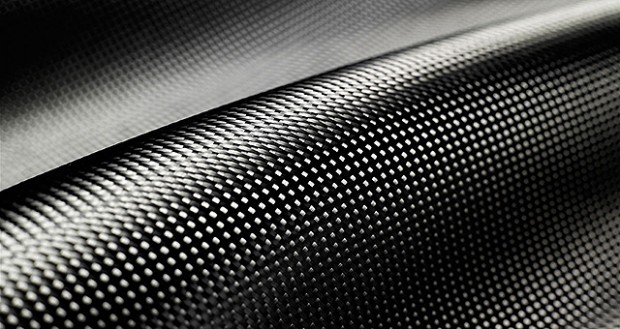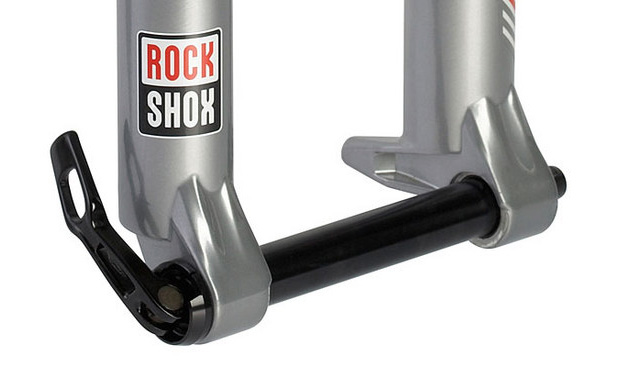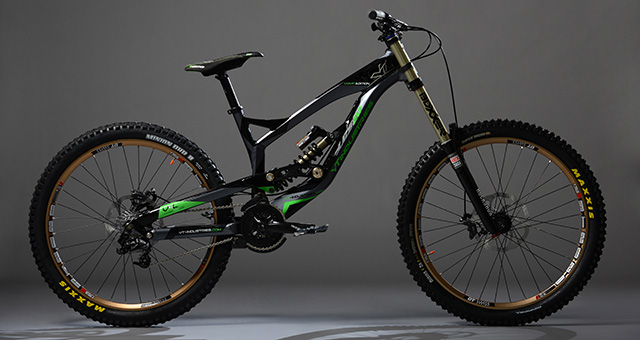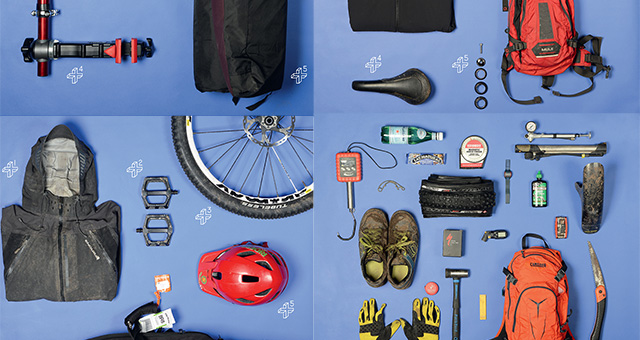Carbon

Stronger…lighter…faster. An impressive strength to weight ratio is a key ingredient of any great product, because after all we want our bikes to be strong, yet at the same time we want them to be light. When it comes to achieving that there aren’t many materials that can rival carbon, especially when used correctly, and there is no doubting that it has helped pushed our bikes on to the next level.
At first carbon was only really used on XC bikes and equipment, and many would never have imagined it, but now it’s used everywhere right through to DH frames and rims. It might not come cheap, and may never do, but they are some truly incredible products that are made from carbon, and without the material we’d never have had the pleasure of those products.
QR Bolt-Thru Axle

Originally bolt-thru axles were only found on DH forks, and none of them were quick to use. You always needed at least one allen key, if not several, and although the oversized axle massively increased stiffness compared to a simple QR axle they never looked set to break out of DH use, simple because of the faff factor. That all changed though as soon as companies started to produce tool-free bolt-thru axles, and boy are we glad they did.
Bolt-thru axles transformed trail forks, making them so much stiffer, and the same can be said, albeit to a lesser degree, for the rear end of bikes. It’s not just about stiffness either as the piece of mind that a bolt-thru axle brings is definitely welcome too. It might sound a bit over the top, but we really struggle to get our heads around riding a bike with a QR front wheel these days, it just doesn’t seem up to the job. Personally I could have probably lived with an old fashioned bolt-thru axle, even on my trail bike, but the QR tool-free ones are obviously far easier and quicker to use, and more importantly they got the masses onboard, which in turn meant that the manufacturers started making almost everything bolt-thru.
Big Wheels

Finally, we definitely can’t leave out the whole subject of big wheels. Whether you are into them or not is kind of irrelevant in this context, as is the question as to what (if any) wheel size will come out as the leader in years to come. You see we think the introduction of big wheels is almost an extension of what I was saying about the Angleset. The Angleset helped make bike companies really take a look at how bikes could be made better in terms of geometry, they helped throw the old fashioned rule books out of the window, and the extreme end of that was to throw the wheel size rule book out too.
At the end of the day we want to have fun on our bikes and ride fast off-road, so why should we spend years and countless amounts of money trying to makes bikes as good as possible for that use, but then limit ourselves for no apparent reason by saying that we have to stick to one size wheel, which must be 26″. You have to admit, it does seem kind of crazy. We have experimented with so many other things, so why not wheel size? You might not agree, but it’s now happened and one way or another our bikes will be better for it in the end, even if they do have 26″ wheels.
Like this article? Try these:
The 15 Worst Mountain Bike Products Ever





